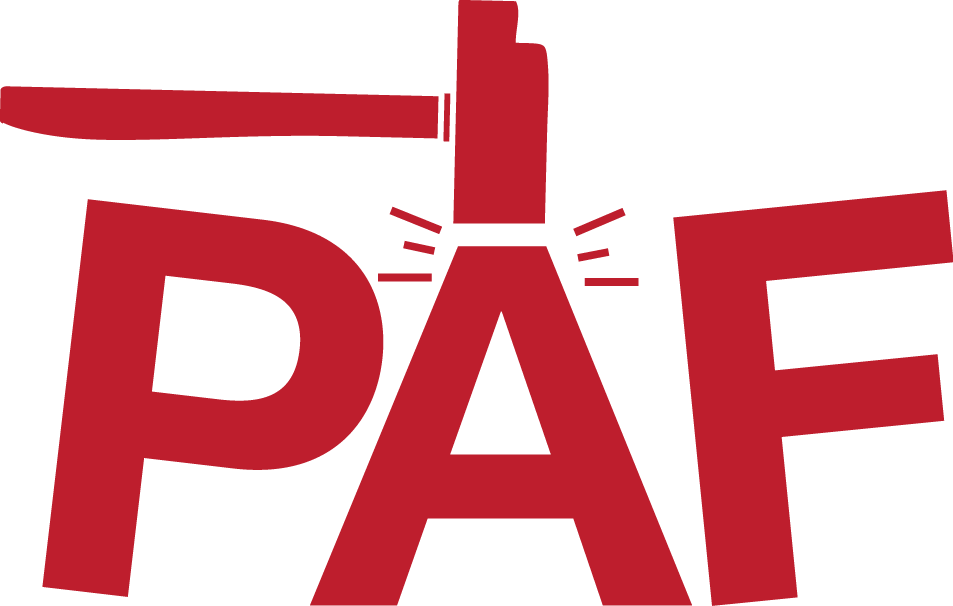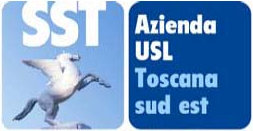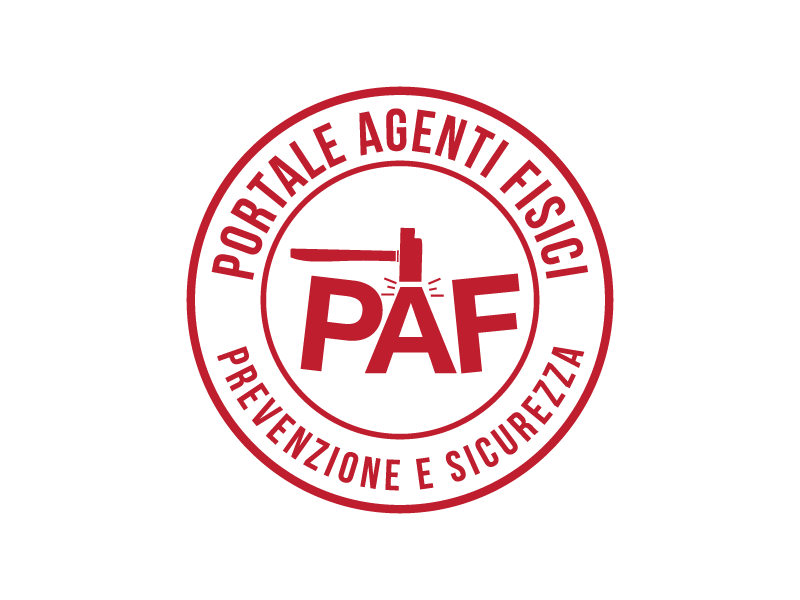WHAT TO DO AFTER THE ASSESSMENT:
Prevention and protection measures
The Directive 2002/44/EC establishes at Article 5, "Provisions aimed at avoiding or reducing exposure", that workers shall not be exposed above the exposure limit values laid down in Article 3: A(8) = 5 m/s2. Furthermore, it is forbidden to exceed the awrms value of 20 m/sec2
The Directive establishes that the employer shall adopt "immediate action to reduce exposure below the exposure limit value".
This is a very important issue, especially when considering that there is no anti-vibration PPE, for HAV and WBV, that adequately protect workers and reduce the exposure levels below the limit values set out in the Directive, as, for example, the hearing protectors do when used for the noise-related risk. In particular, when the limit values are exceeded for short periods - awrms >20 m/s2- reducing the risk at source is the only measure that can be adopted in order to reduce the exposure below the limit values prescribed by the Directive. If in the course of the assessment the limit values are found to be exceeded, it is recommended to refer to the Vibration Database in order to identify any available technology at lower risk, as provided for by the legislation.
If no machine is found in the database, the person in charge of risk assessment shall perform a market investigation with the purpose of finding the type of machine that allows to reduce the risk and propose its purchase in the risk assessment report.
In this regard it is important to keep in mind that the data declared by the manufacturer within the meaning of the Machinery Directive allow, for each type of machine, the identification of low vibration models.
Furthermore, the current regulations state that when the action values are exceeded (hand-arm=2.5 m/s2; whole body= 0.5 m/s2) the employer shall establish and implement a programme of technical and/or organisational measures intended to reduce to a minimum exposure to mechanical vibration and the attendant risks, taking into account in particular:
- Other working methods that require less exposure to mechanical vibration;
- The choice of appropriate work equipment of appropriate ergonomic design and, taking account of the work to be done, producing the least possible vibration.
- The provision of auxiliary equipment that reduces the risk of injuries caused by vibration, such as seats that effectively reduce whole-body vibration and handles which reduce the vibration transmitted to the hand-arm system
- Appropriate maintenance programmes for work equipment, the workplace and workplace systems;
- The design and layout of workplaces and work stations
- Adequate information and training to instruct workers to use work equipment correctly and safely in order to reduce their exposure to mechanical vibration to a minimum
- Limitation of the duration and intensity of the exposure
- Appropriate work schedules with adequate rest periods
- The provision of clothing to protect exposed workers from cold and damp.
Table 1 – Minimum protection level provided by anti-vibration gloves as estimated for certain types of tool,
|
Type of tool |
Expected attenuation of vibration (%) |
|
Percussive tools |
< 10% |
|
Chisel Hammers and Scalers - Riveting hammers |
< 10% |
|
Hammer drills |
< 10% |
|
Percussive hammers and breakers |
< 10% |
|
Impact drills |
< 10% |
|
Impact wrenches |
< 10% |
|
Sandblasters |
< 10% |
|
Shears and Nibblers for metal |
< 10% |
|
Small scaling hammers |
< 10% |
|
Rotary machines |
|
|
Orbital and random orbital sanders |
40% - 60% |
|
Circular saws and jig saws |
10% - 20% |
|
Angle and axial grinders |
40% - 60% |
|
Chain saws |
10% - 20% |
|
Brush cutters |
10% - 20% |
Furthermore, the current regulations establish that the employer shall ensure that workers who are exposed to the risks from mechanical vibration at work and/or their representatives receive information and training concerning:
- the measures taken in order to eliminate or reduce to a minimum the risks from mechanical vibration
- the limit values and the action values
- the results of the assessment
- the potential injury arising from the work equipment in use
- how to detect and report signs of injury
- the circumstances in which workers are entitled to health surveillance
- safe working practices to minimise exposure to mechanical vibration
- the health surveillance program








